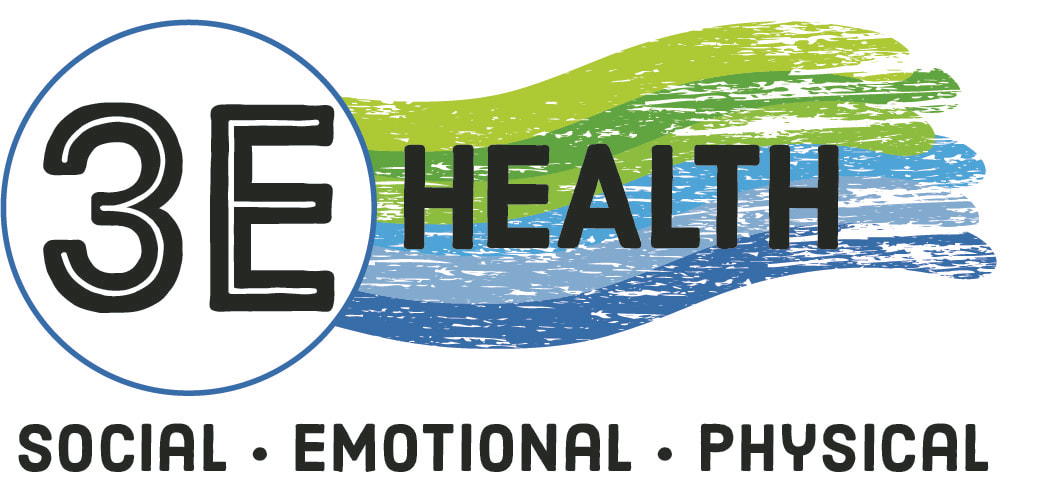|
By Chad Oatway
Hating school as a child and adolescent seems to be a harsh word, but school was not fulfilling or rewarding in the classroom in a way that I believed school should have been. Sitting, listening, reading, writing, and regurgitating content is how I remember school. For me as a child, to me as a present day middle school teacher, knows that this type of learning is void of meaning and experiences. If any child, was like myself, they may think that they hate school and even more dangerously that they hate learning. As the old expression goes, “talk is cheap”, hence children and adolescents must experience connections in their learning over the emphasis on content. The world is fast paced and changing quicker than ever before. The cheap talk I remember as a student can still be present in many different ways in our society. However, this cheap talk has developed a cousin in the 21st century, which is the “cheap experiences” or instant gratification. Our adolescents now are having to navigate cheap experiences from cell phones, social media, gaming, selfies, heavily processed food, legalized and non legalized drugs, and the list goes on. With these cheap experiences wrapped in cheap talk it is hard to process what adolescents are going through, and even what many adults are struggling with in this digital age. Now tack on anxiety, depression, low levels of physical literacy, obesity, addiction, racism and all the other negative forms of “isms”, politics, and this race to the top has left our society stressed out and unhealthy in so many ways when looking at mental health and chronic illness. These effects have trickled down to our children and the future of our society. So where do we go now? Seeing my classroom through this lens of society could paint a negative picture, but I am an optimist. Having the opportunity to work with great educators and a lot of great youth have left me with this optimism and the ability to shape a positive future for our health. The goal is to move past cheap experiences and talk as educators, parents, and society to understanding that the experiences need to be meaningful, rich with ups and downs both socially, emotionally, and physically, for learning in the 21st century. Working with Bill Adair’s connection intentions to see “healthy emotional attachments are not taught, they are a product of actual connected emotional experiences” is why connection experiences for our youth are so important. This is the journey I as a teacher have made to be the most fundamentally important part of my teaching and classroom. Building a classroom based on connection experiences is the start of this process and through this the 3E Health model (see About 3E Health) focuses on social, emotional, and physical experience in the journey to health and wellness. 3E Health is the social, emotional, and physical connection of how health and learning can be brought together to enhance the brain's neurological pathways towards healthy connections. Looking at building the brain socially, emotionally, and physically needs to have challenge, failure, and stressors. Without stress in these three components, growth will be difficult. Day one of school for students is full of stressors that create social, emotional, and physical feelings within the body. Accepting that stress is taking place and is normal can be a powerful learning tool and does not need to be eliminated. Gabor Mate describes three universal factors of negative chronic stress and possibly chronic illness as, “uncertainty, lack of information, and loss of control”. These are the stresses that we should be addressing at the beginning of the school year. Taking away these negative factors associated with stress can empower students to find a comfort within themselves to embrace the challenges brought on by stress. Giving students consistent information and control over their learning needs to be meaningful in team building and the process of setting up a democratic classroom with high expectations. With using a play centred focus of 3E Health for these connection experiences that utilize stress is how I believe I can amplify connections and learning. Rephrasing Plato’s quote: “You can learn more about a person in an hour of play than in a year of conversation” to “You can learn more about [people in your class] in an hour of play than in a year of conversation.” Is why play will take a front and centered approach in learning, so students can learn about themselves and the people they will be working most closely with. In this blog, I hope to share my experience as an educator, coach, and parent working with youth to empower health. The 3E Health model focuses on social, emotional, and physical connection experiences of how health and learning can be holistically brought together is the center of how I am trying to build the brain. The ultimate hope is to aid in building healthy and actively engaged citizens for the future. References Adair, B. (2019). The Emotionally Connected Classroom: Wellness and the Learning Experience. Corwin. Mate, G. (2003). When The Body Says No: The Cost of Hidden Stress. Vintage Canada.
0 Comments
Leave a Reply. |
Chad Oatway &
|

 RSS Feed
RSS Feed
